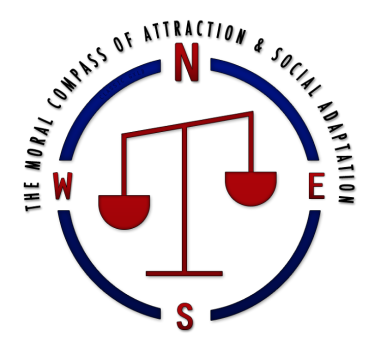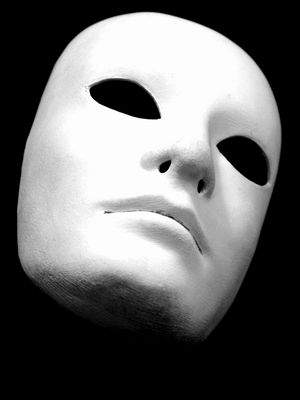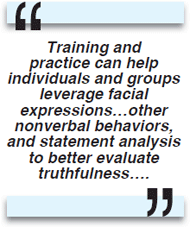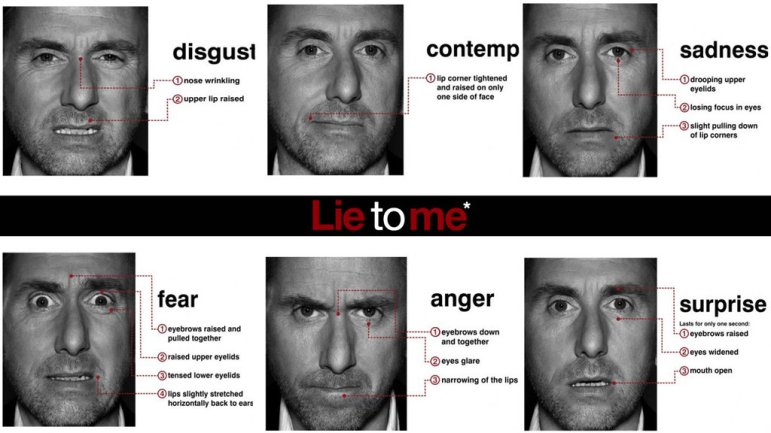“The World’s A Stage. We’re all merely players.” -William Shakespeare
I have a lot of problems with articles about Deception Leakage (aka Cues or Tell Tale Signs) that show people are lying through their verbal and non-verbal communication.
“No mortal can keep a secret. If the lips are silent, he chatters with his fingertips; betrayal oozes out of him at every pore.” -Sigmund Freud
Firstly, many signs are similar or identical to those with **anxiety**.
Secondly, many articles fail to mention a baseline is the first step to detecting lies by deducing the distinctions of an individual’s normal and abnormal behaviour.
Thirdly, to read behaviour properly, one has to consider the 3 C Rule: Context, Congruency, Clusters (The Definitive Book of Body Language).
Fourthly, everybody has their own cues (involuntary Expressions) that reveal one is being deceptive.
Fifthly, the American Psychology Association does not support the findings of deception to be fully credible.
Statement Analysis (Interpretation of how words are said or expressed) lacks empirical data to be supported and nor does the Polygraph.
Ironically, the American Polygraph Association, Government and Private Agents do practice Statement Analysis, reading non-verbal communication, Neuro-Linguistic Programming (NLP), and believe the Polygraph is 97% accurate provided the examiner knows what one is doing.
“People want to tell you what they’ve done. They want to confess to you. We just have to listen.” -Todd Brown, Detective
The Truth Will Set You Free but first it will piss you off.
The best ways to know if somebody is lying: Ask the individual to state the events of what happened in chronological order. If he or she did without any trouble, one is being deceptive. Memory doesn’t work in order.
Blinking a lot is another good indicator. Lastly, forming a baseline by asking them questions that they know are true and unrelated to the context or you already know the answer to. For example, what’s your name? Their answer is true. Observe the verbal and non-verbal cues when they tell the truth to determine their behaviour when it’s out of the ordinary.
In addition, if there’s inconsistencies between verbal and non-verbal, rely on the non-verbal [macro and micro, false, masked expressions, tonality alterations, and abnormal body language (Kinesics, Haptics, and Proxemics)] to determine the truth. Most importantly, have authenticated evidence to conclusively prove the presence of deception.
“Deafness has left me acutely aware of both the duplicity that language is capable of and the many expressions the body cannot hide.” -Terry Galloway (Poet/Actress)
References
Studied Basic Human Emotions, Universal Expressions, Deception Hot Spots, The Polygraph, Behavioural Interviews, Neuro-Linguistic Programming (NLP) prior to university and happened to study these topics and among others in one of my fourth year undergraduate courses.
Check out: Allan and Barbara Pease: Communication Skills http://www.peaseinternational.com/
Dr. Paul Ekman (Resources) http://www.ekmaninternational.com/
Dr. Paul Ekman, Articles, Training, Resources, etc. (Project Wizard) http://www.paulekman.com/
Other Studies and Books that cover these inter-disciplinary fields on the subject of deception, emotions, and human behaviour.
“The mouth may lie, alright, but the face it makes nonetheless tells the truth.” -Friedrich Nietzsche



